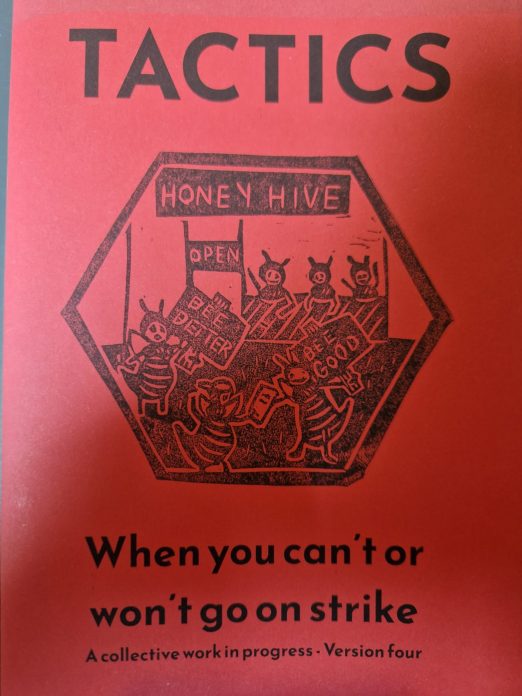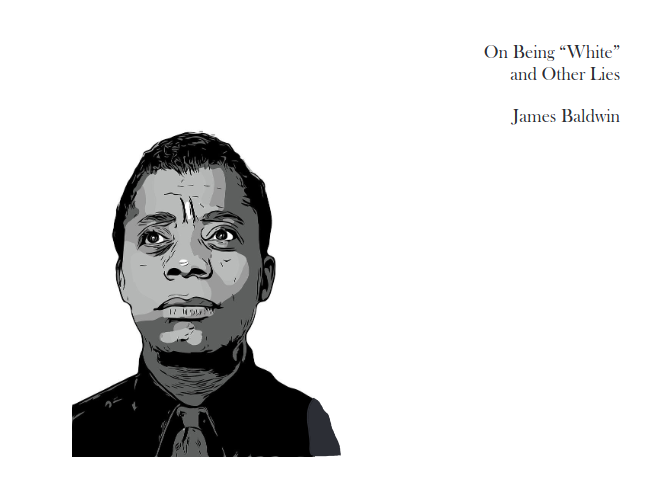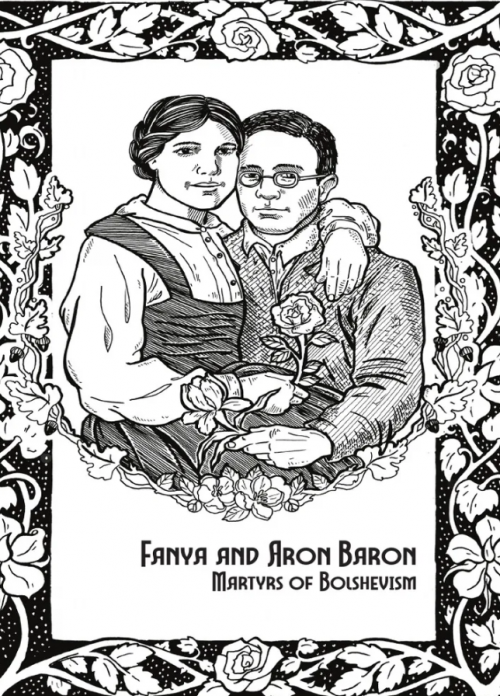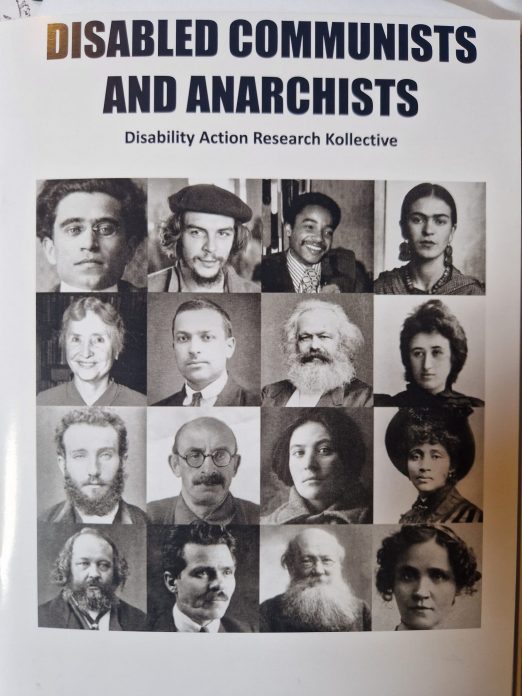We Come For Our Own And We Shall Have It – Smuggling In Poole And Dorset
£1.90
A look at the history of smuggling in Dorset and the government responses to it. This pamphlet examines to whether smugglers should be considered folk heroes and to what extent smuggling was a community enterprise, by Kevin Davis
Description
Not from the pamphlet..
Smuggling an Introduction
Although import duties were collected as early as 979 AD from French ships bringing wine and fish to Billingsgate Wharf in London, they were not great enough to make smuggling worthwhile. In 1203 a fixed duty of one 15th of the value of all goods being imported and exported was levied. These taxes were paid to “collectors” at the ports, and “comptrollers” were appointed to keep accurate records of all duties paid.
The first smugglers were known as “owlers”, emerging as a result of the export duties imposed by Edward I on all wool, wool fells, and hides in 1275 and the eventual ban on all wool imports.
Britain was at war almost constantly from 1700, and the finance for these wars had to come from taxes, most of which went on defending trade routes for silk, lace, spice, wine, spirits, tea, perfume and other such luxuries. By 1760 800 items were taxed and over the next 50 years another 1300 were added. At the time, smuggling, or “free-trading”, was considered to be a fairly safe occupation owing to the ineffectiveness of the customs service, and even when cornered, a smuggler could fight his way out of trouble. The financial reward was high, the gangs powerful, and (initially) the punishment was lenient. Unemployed farm workers in times of poor harvest, and those on low wages found smuggling to be an attractive sideline to raise their income. The smuggling expeditions were generally financed by the local gentry, known as “venturers”.
In 1698, 299 Riding Officers were appointed to combat the export of wool from the country. These riding officers were often held in little regard by the Customs Commissioners who complained that they were expensive, lacked courage when confronted by smugglers and were often in league with the smugglers themselves. There was no shortage of applicants for the posts, however; not because of the low pay, but because of the considerable reward for any seizures made. Villagers despised these officers and did their best to make their lives uncomfortable. Riding Officers were the first line of the customs land defence and by 1713 they were able to call on help from the Dragoons when required.
To confuse the smugglers, they patrolled the coast on an irregular basis, but many of the officers were too old, lazy or corrupt to make the service efficient, and intimidation often prevented them from carrying out their duties. A Mr Critchel of Ringwood, for example, was beaten almost to death by a gang of smugglers in Burley, and a Mr Bursey of Milford answered a knock on his door one evening only to be beaten to death in front of his family. Quite often however, they would merely be captured, bound and carried across the Channel to France where they took their chances against the French, with whom Britain was at war.
Smuggling reached its peak around 1813, when there were around 2,100 Custom Acts in force. After the Battle of Waterloo in 1815, ex-servicemen moved into the industry and made splendid smuggler’s, no doubt attracted by the high profits and excitement. The naval men would man the luggers and the cutters while the soldiers guarded the inland convoys of contraband. However, in 1815 the Royal Navy was formally linked to the Revenue forces in order to provide a more cohesive body to combat smuggling. A year later, the Royal Navy took over the Revenue cutters and began a blockade of the Channel, seizing no less than 875 ships by 1817. The free traders had to become more cunning to survive, but the formation of the official coastguard service in 1831 and Britain’s new free-trade policies (with many items freed from taxes) sounded the death knell for traditional smuggling.
A smuggling enterprise
An “Agent” would be carried across the Channel by the ship’s captain on behalf of the “Venturer” (often a member of the local gentry), and taken either to the Channel Islands or France where he would choose his goods from a warehouse. On arriving back in England a blue flash would be sent out from the ship as a signal and answered from the shore by a lookout’s “flink” to say that all was clear. Wealthy landowners would often erect tall towers, or other such landmarks, to guide the ship ashore or from which to send a signal. Clavel’s Tower at Kimmeridge may well be an example of this. The organisation of the unloading, hiding, and distribution of the goods would be left to the “Lander”. A convoy of smugglers carrying the contraband inland would be led by scouts searching for Revenue Men or Dragoons. It was normal for the wagons and horses to be provided by local farmers, few being brave enough to ignore the instructions of the smuggling gang.
Additional information
| Weight | 0.090000 kg |
|---|











